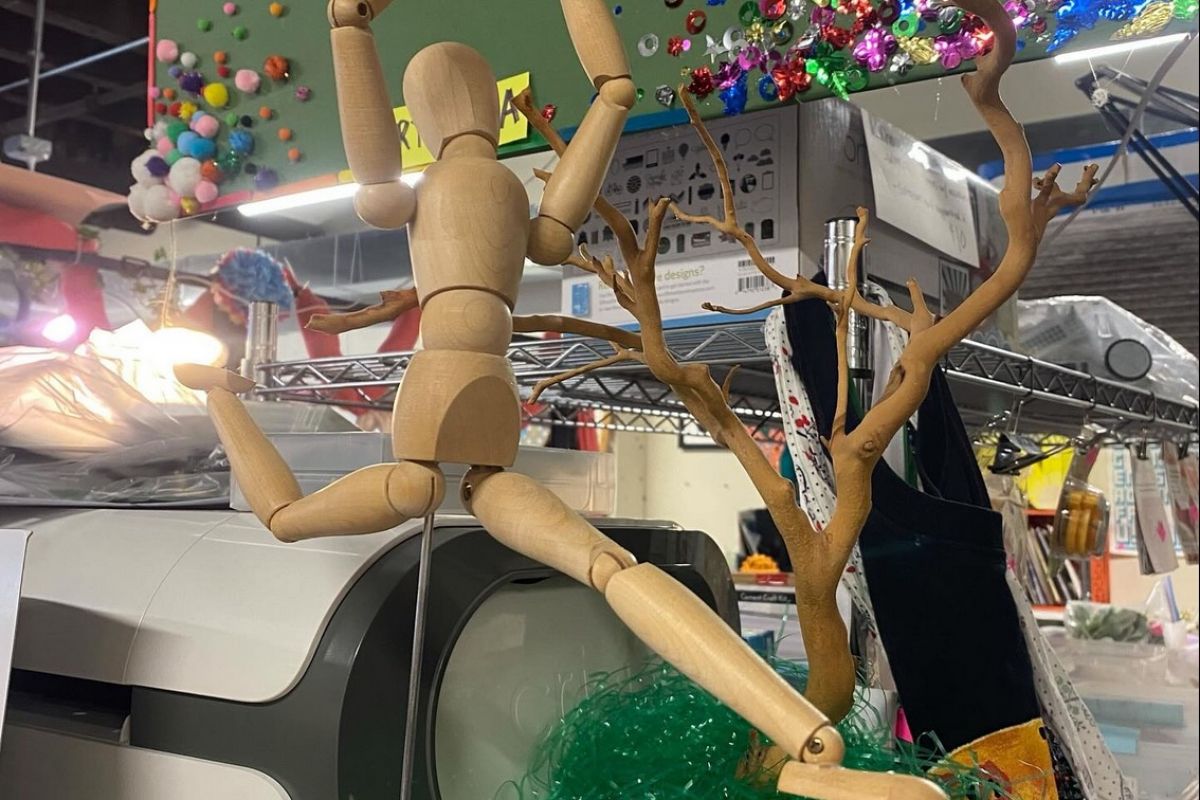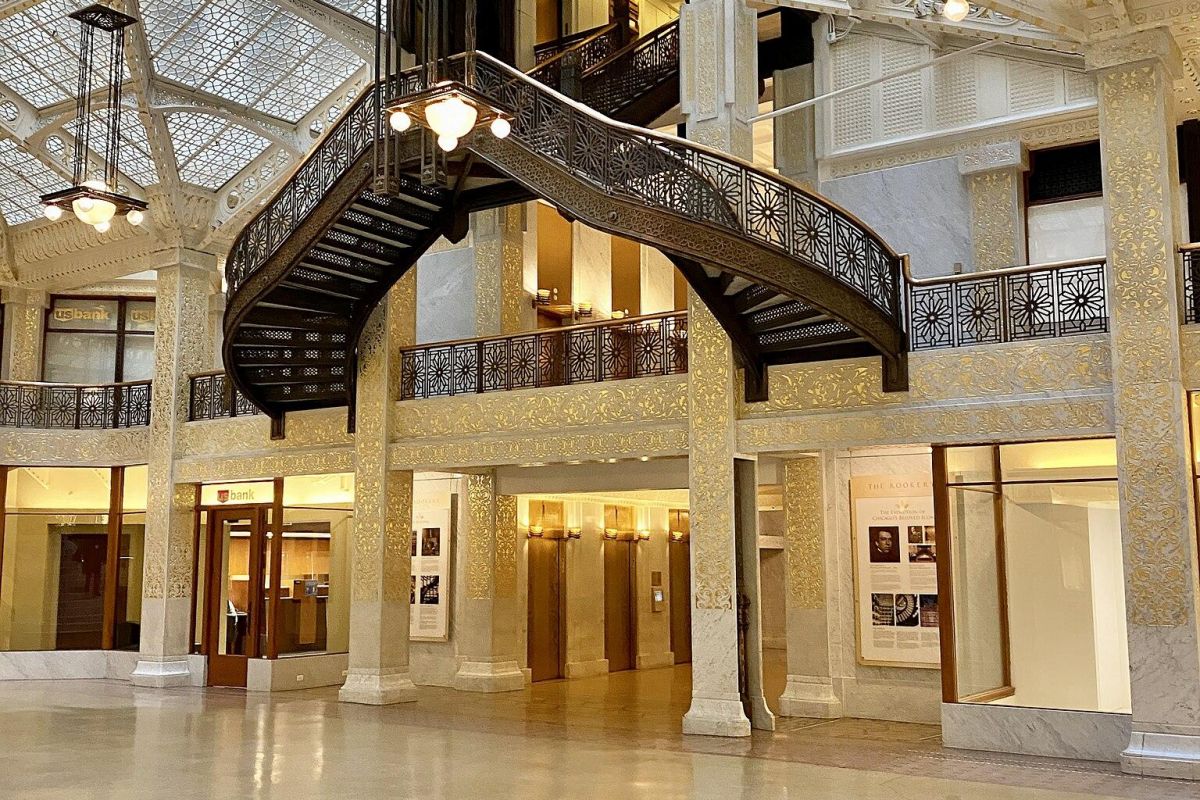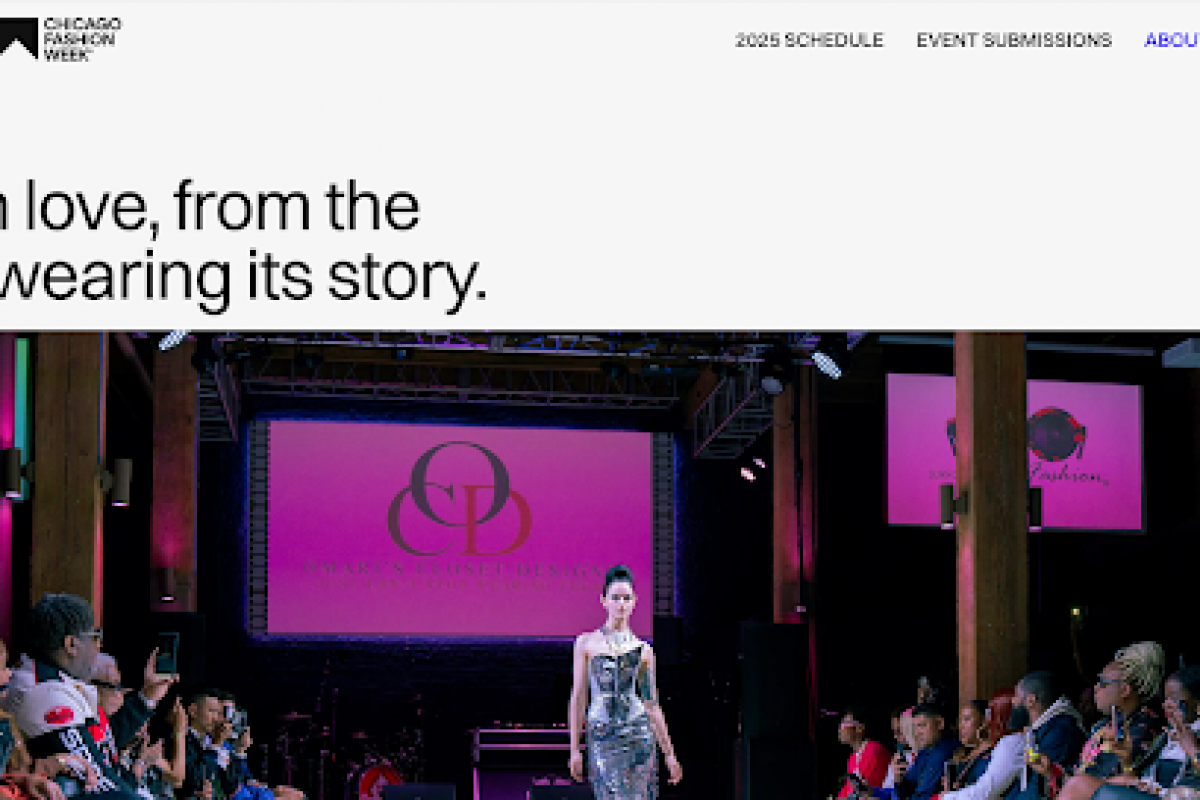Riding the Rails of Time: A Brief History of the Chicago “L”
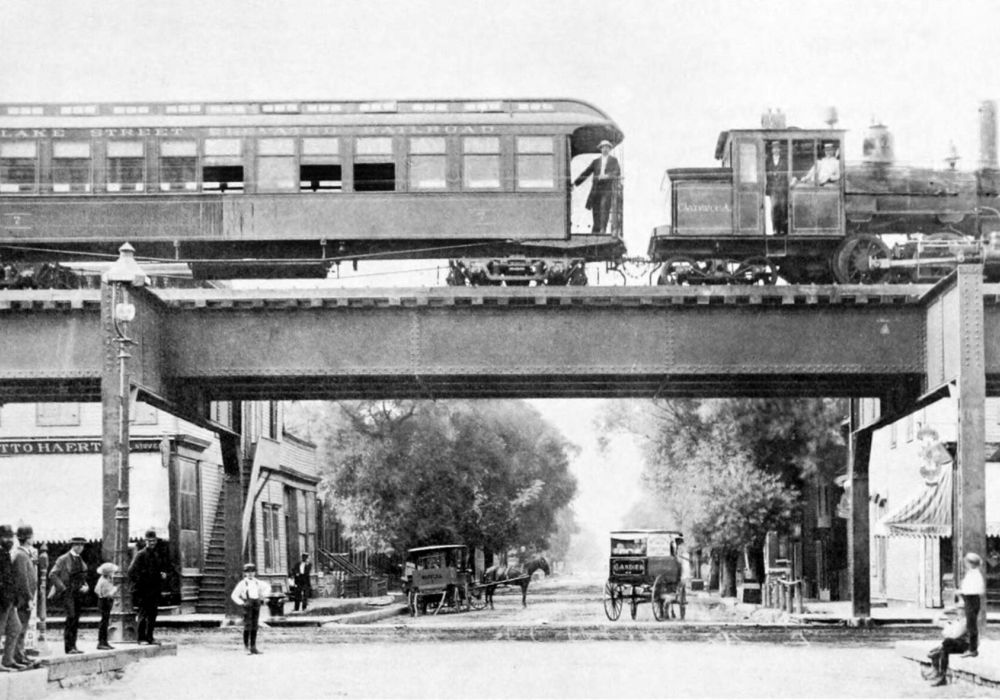
In 1893, the first train was operated on the Lake Street Elevated. All of the coal-burning steam locomotives were given names and initials. Shown here is the “Clarence A.” Credit: Chicago Transit Authority Archives, image in Public Domain.
To know Chicago is to know the “L”—a beloved, bustling fixture of city life that rumbles overhead and snakes underground, connecting neighborhoods and stories across more than a century. Short for “elevated,” the “L” isn’t just a transit system. It’s an enduring emblem of Chicago’s ingenuity, resilience, and urban identity.
At Optima®, we understand how essential great transportation is to vibrant city living. That’s why communities like Optima Lakeview® and Optima Signature® are conveniently located near key “L” lines, giving residents seamless access to everything the city has to offer—whether it’s a quick ride downtown to work or a weekend trip to the Garfield Park Conservatory.
Born from Innovation—and Necessity
The origins of the “L” date back to the late 19th century, when Chicago was growing at breakneck speed. After the Great Fire of 1871, the city underwent a massive rebuilding and expansion effort. But with growth came congestion: horse-drawn streetcars and cable cars clogged the streets, and pedestrians competed with carts, carriages, and early automobiles. The city needed a new way to move people quickly and efficiently—without taking up precious surface space.
Enter the elevated train.
On June 6, 1892, the first “L” train made its inaugural run along the South Side Rapid Transit line, carrying passengers from 39th Street to Congress Street in wooden cars powered by steam locomotives. Though the ride was loud, dirty, and a bit jarring, it offered an exciting new alternative: a bird’s-eye commute through the city.
By the turn of the century, electric power had replaced steam, and the “L” had begun to form its now-familiar loop downtown. In 1897, a series of elevated lines were linked by a rectangular circuit known as the “Union Loop,” giving the central business district its nickname and the system a structural heart.
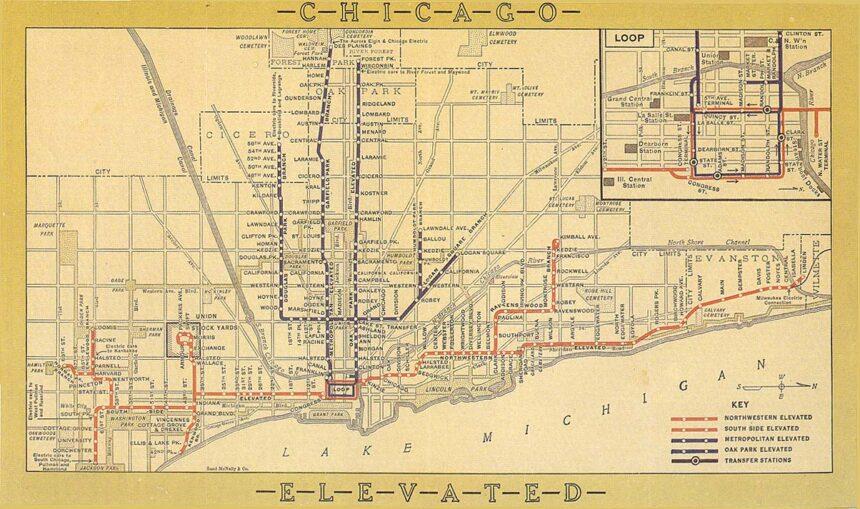
Map of elevated rapid transit lines in Chicago. Contains lines run by four companies; the Metropolitan West Side Elevated Railroad, South Side Elevated Railroad, Northwestern Elevated Railroad, and Oak Park Elevated Railroad. Credit: https://www.chicago-l.org/maps/route/maps/1913map.jpg
The Loop: More Than a Track
The creation of the Loop helped define downtown Chicago itself, transforming transit in the process. Architecturally and socially, the Loop became a boundary and a bridge. It concentrated commerce, created a gravitational pull for development, and gave the city its skyline rhythm—steel girders and train cars cutting across sun-drenched streets.
Over time, the “L” evolved into a system of color-coded lines that stretch from Evanston to the South Side, from Oak Park to O’Hare. The system remains one of only a few in the U.S. that still includes elevated tracks in the urban core.
For residents of Optima Lakeview®, nestled in a neighborhood rich with character on Chicago’s North Side, the nearby Brown Line offers a direct route to the Loop—perfect for daily commutes or weekend adventures. Meanwhile, Optima Signature®, located in the heart of Streeterville, puts residents just steps away from multiple “L” stops and transit hubs, making it easy to explore every corner of the city.
Moments of Modernization
The 20th century brought dramatic change to the “L.” Wooden cars gave way to streamlined steel ones. Manual controls were replaced by automatic signals. The system expanded, integrating suburban commuter services and adopting new lines to meet the needs of a shifting population.
Notably, the 1950s saw the launch of the Congress Line, which ran down the median of the newly built Eisenhower Expressway—a pioneering combination of rail and highway planning. The 1980s and 1990s ushered in renovations to aging stations, and the naming system changed to colors in 1993, simplifying what had become a complex array of named lines.
Today’s “L” is a 24/7 operation—one of the few major urban rail systems in the world to run all day, every day.
Cultural Icon, Civic Backbone
More than just infrastructure, the “L” is a character in the story of Chicago. It’s been immortalized in films like The Fugitive and While You Were Sleeping, and it’s a regular presence in television shows like Chicago P.D. and Shameless. Its stations and cars have hosted jazz musicians, protestors, lovers, tourists, and tired workers heading home.
It’s a place of overheard conversations, lost gloves, spontaneous poetry, and democratic density—where millionaires and minimum-wage workers share space and time, bound by steel rails and a common destination.
Looking Forward
In recent years, the Chicago Transit Authority (CTA) has invested heavily in modernization. Projects like the Red & Purple Modernization Program aim to replace century-old infrastructure and increase capacity. Plans are also underway to extend the Red Line further south, connecting communities that have historically been underserved by public transit.
And while challenges remain—aging infrastructure, funding gaps, and fluctuating ridership—the “L” continues to adapt. It has survived two world wars, the Great Depression, the rise of the automobile, and the COVID-19 pandemic. Each time, it has emerged with new relevance.
A Ride Worth Taking
For newcomers, the “L” can feel like a puzzle: clattering tracks, cryptic transfers, platforms suspended above intersections. But to longtime Chicagoans, it’s second nature—a steady, familiar hum in the background of daily life. It’s not just how they get from place to place. It’s part of where they’re from, ensuring the city’s culture, commerce, and creativity are always within reach.





